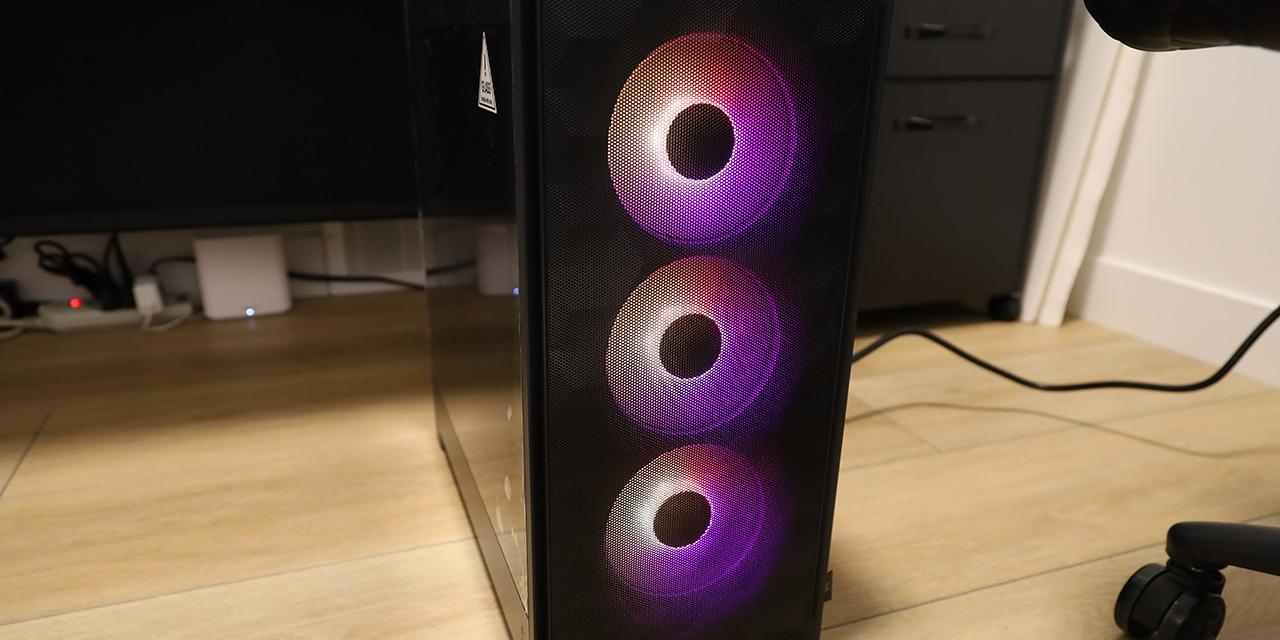Page 3 - Subjective Audio Analysis

Reviewing audio devices require extensively trained ears and lots of experience. Even for audiophiles, it may prove challenging at times to obtain an accurate evaluation of a product without a thoroughly familiar product to use as a simultaneous reference. While I am not going to even try to claim that I am the only trustworthy or best reviewer for sound, it is fact that most computer review sites have editors who are insufficiently trained in reviewing audio equipment. Give them practically anything and all you will read about goes along the line of "good bass, nice midrange, awesome treble, really clear sound, 10/10". While there are many knowledgeable audio reviewers at various respected online media outlets, they are by far the minority.
As I have mentioned in my past audio reviews, there are really no true objective measurements for speaker sound quality. As the reviewer, however, I will put it through a series of subjective tests to try to come up with the most objective rating possible. Yes, it is quite a paradox haha. Tests were conducted primarily wirelessly via Bluetooth with a Google Pixel 3a XL, which has support for both AAC and aptX, as well as Bluetooth v5.0. After over 50 hours of break-in time -- well above typically required period -- we put the Creative Outlier Air to the tests. All tracks were uncompressed or high bitrate files.
Starting at the bottom, the lower frequencies of the Creative Outlier Air offered quite a bit of bass. You could tell it was boosted in the mid-to upper-bass range, while the lower bass was a bit decreased in amount. This meant there was good punch and motion in bass drum kicks and bass guitar riffs, but they could be described as boomy or muddy at times with the lesser foundation at the lowest of lows. Even so, the bass is great for those wanting the heavier emphasis in song genres like EDM.
When we move to the midrange, there was a continued pattern of the low midrange being a bit more emphasized. However, there is a drop in the middle of the midrange where vocals would normally exist. This made the vocalists sound a bit thicker in the resonance of their notes, but lacking a bit of the brightness in their voice. As for wood instruments like pianos and guitars, we still had a good resonance that sounded natural.
Finally, at the top, the Creative Outlier Air had its lower and middle trebles emphasized with some attenuation at the top of this region. Instruments like trumpets and violins had decent amount of brightness, but even higher instruments sounded lesser. Instruments still came through with a sharp sound. Overall, the Outlier Air has a V-shaped sound signature with a higher amount of bass and attenuation at the top of the top range. While it may not be great for those wanting a flat, monitor-like experience, the emphasis comes in in the low-end and trebles, making for a fun sound. I think some genres of music with electronic influences would be alright, but others like jazz or classical may miss the sparkle I would have liked.
When it comes to soundstaging and imaging, the Creative Outlier Air were clearly limited by their physical enclosure. Sound reproduced by the Outlier Air felt cramped at times and very close together. This includes their smaller drivers as well as the closed-back design of the earphones. Even so, I still think this situation could have been improved upon. The overall image produced was still natural, with directional sound still being differentiated. However, it lacked the depth to make it feel enveloping.
As for layering and frequency separation, the Creative Outlier Air performed well in reproducing the voices. Layers were generally heard well without a loss of certain instruments of vocalists. Frequencies were still audibly separable with good transitions between the different regions. Cleanness was good as well. Finally, sound isolation was very good here, as there was no noise leakage and the overall shape and ear tips created a good seal in my ears.
As mentioned previously, daily use of the Creative Outlier Air proved its superb battery life. While it did not reach the estimated 10 hours, the consistent 7.5-hour tested battery life was still great. In addition, the additional 15 hours offered with the two more charges is great. The wireless range was excellent, giving me some distance from the audio source without any notable drops or stutters. I was aware of the latency in videos and games, which can be concerning for some users but should be alright for the general public. As for call quality, the Creative Outlier Air worked as expected, as communication was clear both ways without any issues and the mic was able to pick up my voice easily.
Page Index
1. Introduction, Packaging, Specifications
2. Physical Look - Hardware
3. Subjective Audio Analysis
4. Conclusion





